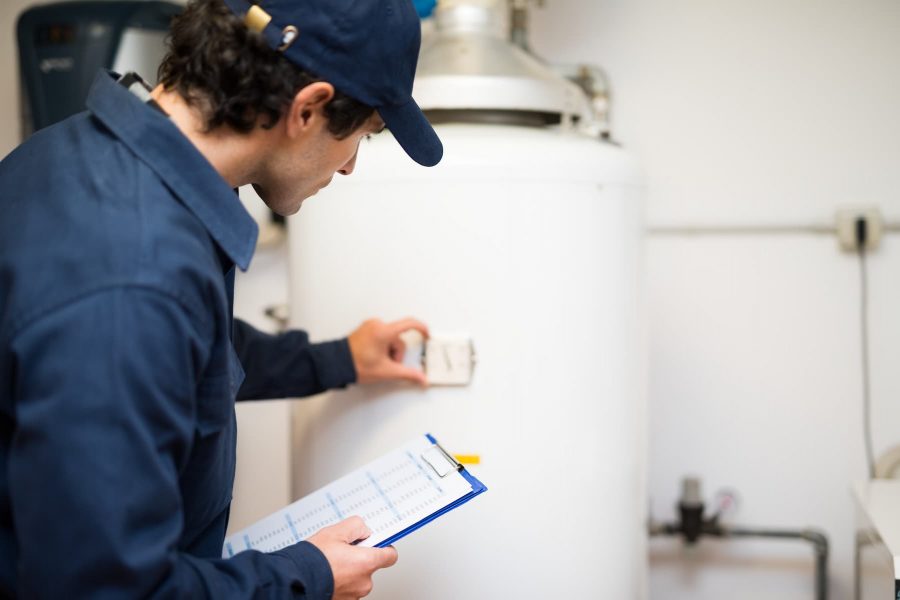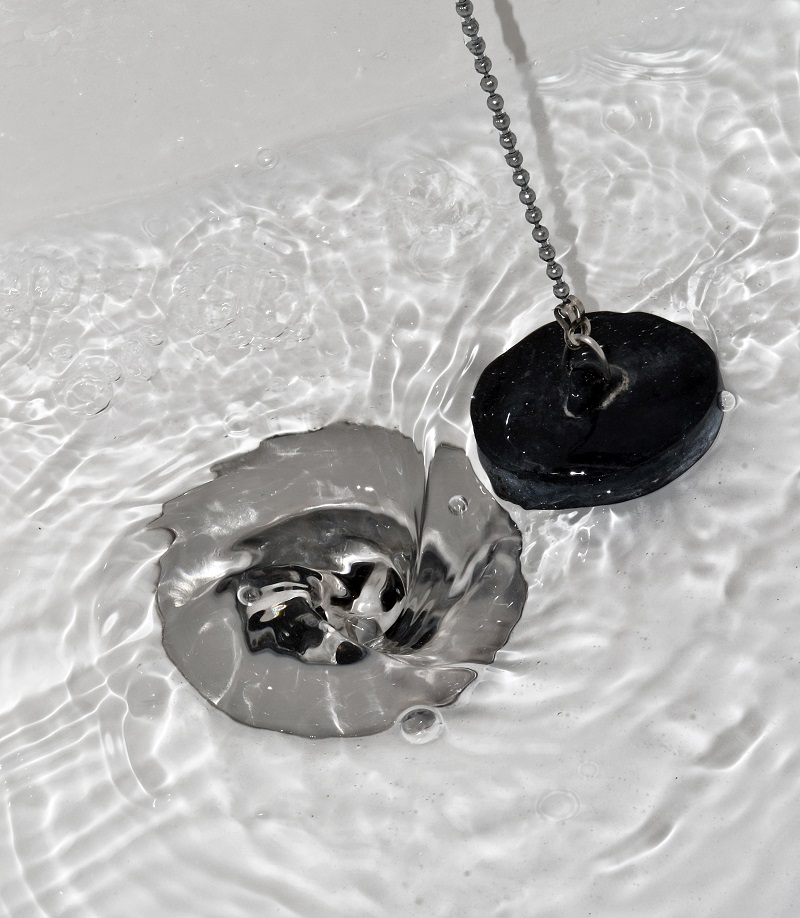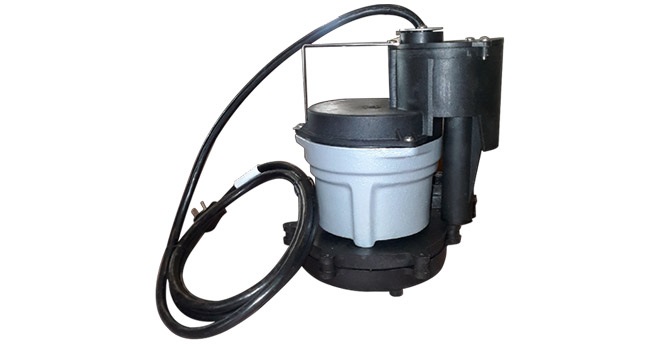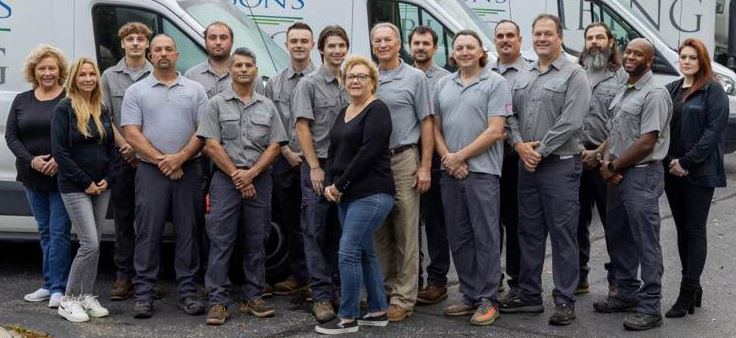
In the wake of climate change concerns and the push for sustainability, every aspect of our lives is undergoing a green transformation – including plumbing. Green plumbing practices are not just a trend; they’re a necessity in our efforts to conserve water, reduce energy consumption, and minimize our ecological footprint. From simple changes in habits to innovative technologies, the plumbing industry is embracing sustainability like never before.
The Importance of Green Plumbing Practices
Water scarcity is a pressing global issue, and traditional plumbing systems often contribute to wastage through leaks, inefficient fixtures, and excessive water usage. Green plumbing practices address these issues by promoting water conservation, energy efficiency, and the use of environmentally friendly materials.
Key Green Plumbing Strategies
- Water-Efficient Fixtures: Installing low-flow faucets, showerheads, and toilets can significantly reduce water consumption without compromising performance. These fixtures are designed to maintain adequate water pressure while using less water, thereby conserving this precious resource.
- Greywater Recycling: Greywater, wastewater generated from activities like bathing and laundry, can be recycled and reused for purposes such as irrigation and toilet flushing. Implementing greywater recycling systems reduces the strain on freshwater sources and minimizes the amount of wastewater discharged into the environment.
- Rainwater Harvesting: Capturing rainwater from roofs and other surfaces for later use can supplement traditional water sources for activities like landscaping and toilet flushing. Rainwater harvesting systems can be simple, such as rain barrels connected to downspouts, or more complex setups integrated into building designs.
- Energy-Efficient Water Heaters: Traditional water heaters can be energy hogs, contributing to high utility bills and carbon emissions. Switching to energy-efficient models like tankless water heaters or heat pump water heaters can significantly reduce energy consumption and greenhouse gas emissions associated with water heating.
- Pipe Insulation and Leak Detection: Proper insulation of pipes prevents heat loss and minimizes the risk of freezing during colder months, reducing the energy required to heat water. Additionally, routine leak detection and repair help conserve water and prevent property damage.
- Environmentally Friendly Materials: Opting for plumbing materials that are eco-friendly, such as recycled or sustainably sourced materials, helps reduce the environmental impact of construction and maintenance activities. Examples include using copper pipes made from recycled metal or choosing PVC-free piping alternatives.
The Role of Technology
Advancements in technology are driving innovation in green plumbing practices. Smart water meters, for instance, enable homeowners to monitor their water usage in real-time, empowering them to identify and address wasteful habits. Similarly, sensor-based fixtures and automated irrigation systems ensure precise water delivery, optimizing efficiency and reducing waste.
The Benefits of Green Plumbing
Embracing green plumbing practices offers numerous benefits, both for individuals and the planet:
- Cost Savings: Water and energy-efficient fixtures can lead to substantial savings on utility bills over time.
- Conservation of Resources: By reducing water and energy consumption, green plumbing helps preserve precious natural resources for future generations.
- Environmental Protection: Minimizing water wastage and energy usage reduces the ecological footprint associated with plumbing activities, mitigating environmental degradation.
- Improved Indoor Air Quality: Choosing eco-friendly plumbing materials can contribute to better indoor air quality by reducing the release of harmful chemicals into the environment.
Green plumbing practices are not just about conserving resources; they’re about fostering a sustainable future. By adopting water-saving technologies, utilizing eco-friendly materials, and promoting responsible water usage, we can all contribute to a healthier planet. Whether you’re renovating your home or constructing a new building, incorporating green plumbing principles is a step towards a more sustainable way of living. Let’s embrace the eco-friendly plumbing revolution and pave the way for a greener tomorrow.





